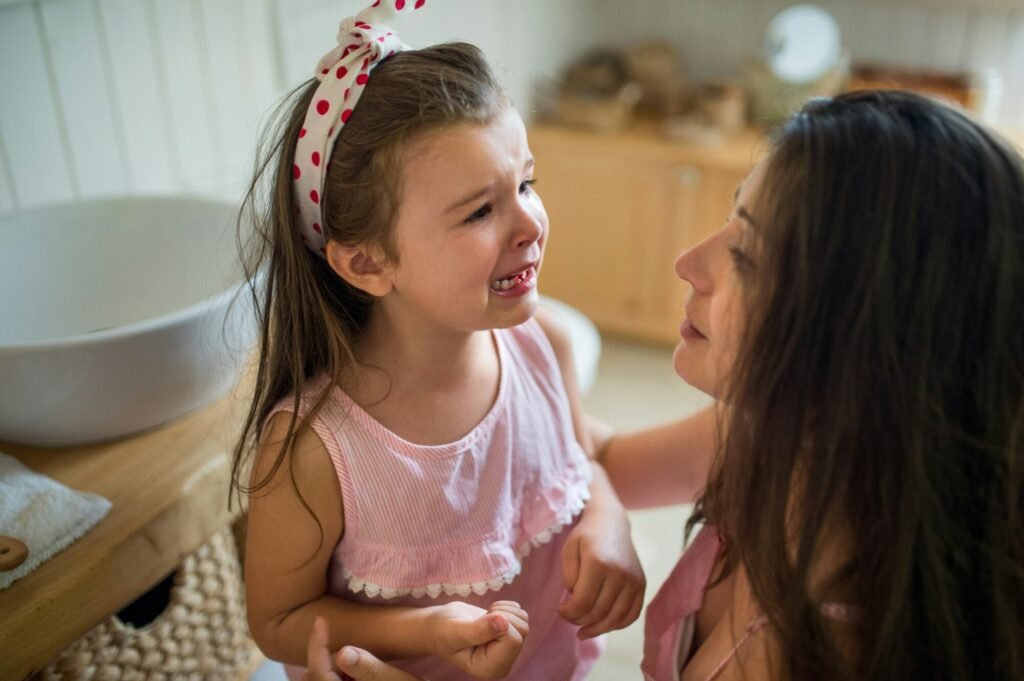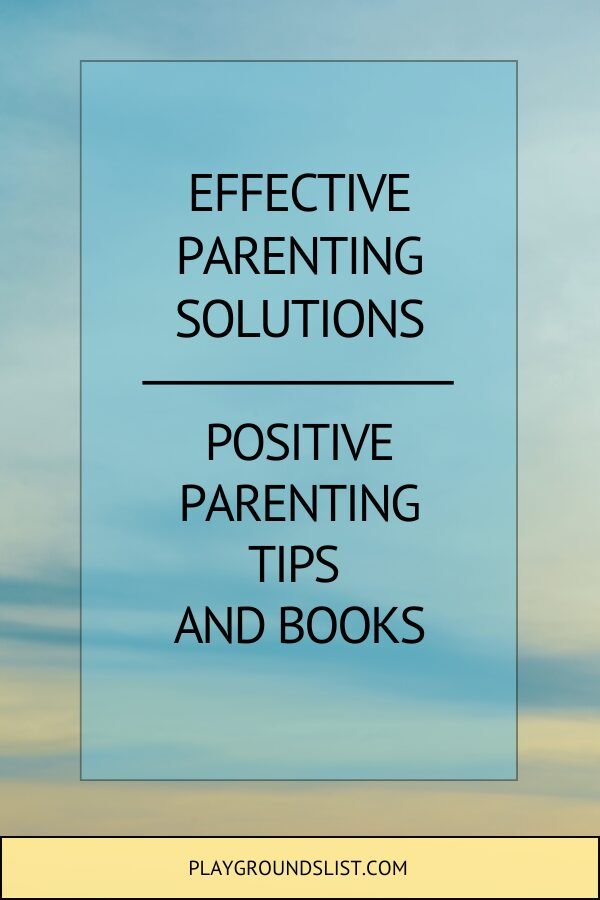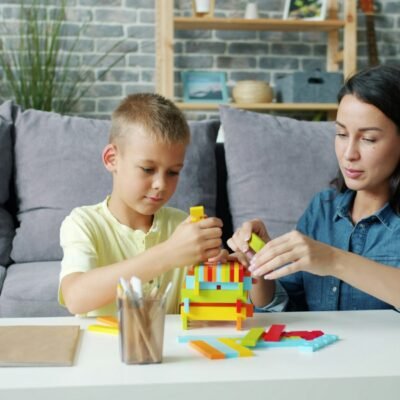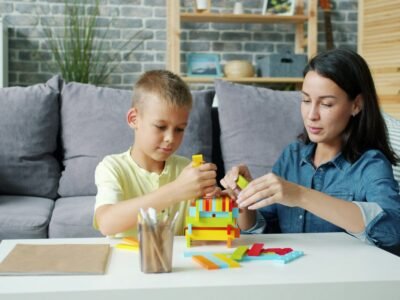We’ve all been there: it’s a hectic morning and you’re just trying to get out of the house on time, but your child refuses to put on their shoes.
You’re already late, juggling the day’s to-list in your head, and there they are—planted firmly in the middle of the hallway, shoeless and stubborn.
Your first instinct may be to raise your voice. But instead, what if you took a deep breath, crouched down, and asked them to tell you what was wrong? Maybe the socks were itchy? Or maybe it’s something totally unrelated, like they’re worried about show-and-tell that day?
What I’ve learned over the years is that parenting solutions don’t always come from control or force. They come from connection. That’s what positive parenting is all about—building cooperation, trust, and understanding, rather than relying on punishments or quick fixes.
What Are Parenting Solutions?
When parents search for parenting solutions, they’re often looking for tools that help make daily life smoother—whether it’s reducing morning chaos, handling meltdowns, or guiding kids through homework without battles.
Parenting solutions aren’t about perfection; they’re about problem-solving in real life.
For me, bedtime used to be a battlefield. My kids resisted brushing teeth, begged for “just one more story,” and delayed sleep until I felt drained.
I tried everything from sticker charts to stern warnings. None of it worked long-term. What finally helped was creating a bedtime routine with clear expectations—and letting my kids feel some ownership.
We picked stories together, dimmed the lights, and added a special “goodnight song.” Suddenly, bedtime became less about resistance and more about connection.
That’s the heart of parenting solutions: small shifts that bring more peace into family life while teaching kids responsibility and empathy.
Why Positive Parenting Works
Positive parenting is built on empathy, respect, and consistency.
Instead of focusing on punishments, it emphasizes teaching, guiding, and connecting. Research from the American Psychological Association shows that children raised with positive discipline—like natural consequences and problem-solving—develop stronger self-control and social skills compared to those raised with harsh punishment.
I noticed this shift firsthand. For years, my go-to phrase was “Don’t do that!”—whether my kids were climbing furniture or arguing over toys.
But when I started explaining why their actions mattered (“Climbing the couch could hurt you. Let’s find a safer way to play”), their behavior changed.
They weren’t just avoiding punishment; they were learning to think about choices.
Positive parenting works because it treats children with the same dignity we’d give adults. It assumes that kids misbehave not because they’re “bad,” but because they’re learning. And as parents, we’re their guides.
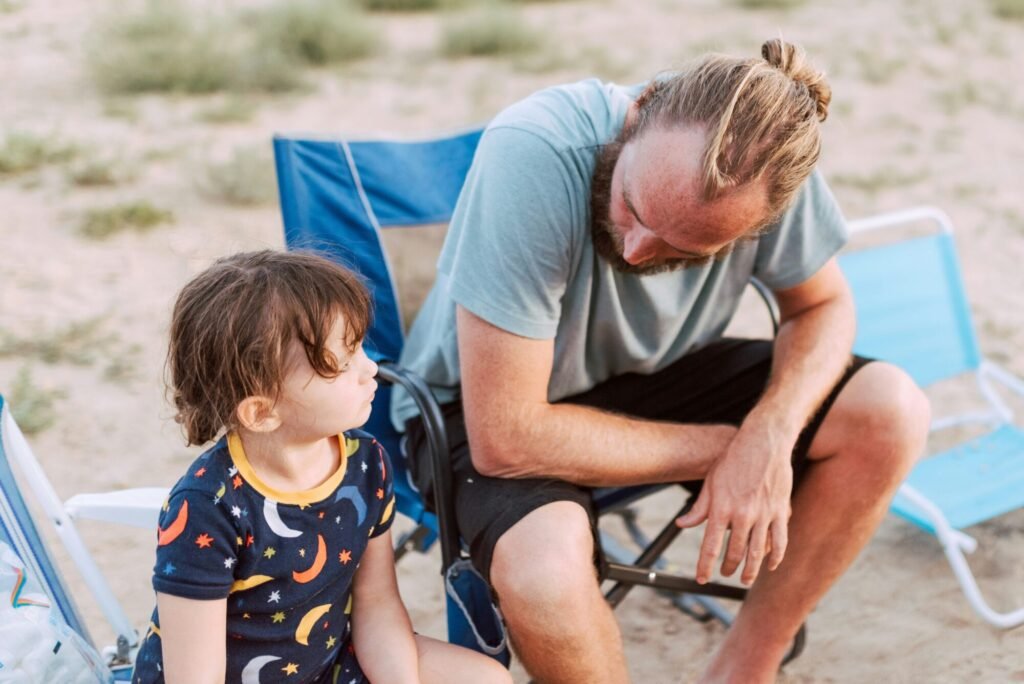
Everyday Parenting Solutions You Can Try
Parenting isn’t one-size-fits-all. What works for one family may not for another. But here are some everyday parenting solutions that have helped many families.
1. Morning routines made easier
Mornings can easily be the most stressful part of the day. To make them smoother, start preparing clothes, backpacks, and lunches the night before. You can also add a “morning checklist” for kids to follow—brush teeth, get dressed, eat breakfast, pack bag.
Having a visual guide will give them independence. If your mornings are especially tough, you might also try weaving in fun activities for kids to keep energy positive before school.
2. Managing screen time
Screens are part of modern life, but boundaries matter. Some families create a “tech ticket” system—each child gets a set amount of daily screen time, and they choose when to use it.
Having clear limits avoids daily battles and gives them responsibility. When you need alternatives, you can lean on screen-free outdoor play ideas that give your kids healthy, engaging ways to use their time.
3. Teaching emotional regulation
When your preschooler has meltdowns, one solution is using a “feelings chart” with different faces showing emotions. You’d point to how she felt, and then talk about what might help—like a hug, a quiet corner, or a snack. Over time, she’ll learn to name her emotions before they explode.
If you’d like more strategies, Child Mind Institute offers guidance on helping children regulate emotions. For rainy days, check out activities from my list of indoor activities for kids for a calming reset.
4. Discipline without punishment
Instead of sending your child to time-out, try time-in: sitting with them to calm down and talk it through.
When your son hits his sister out of frustration, instead of yelling, ask him what he was feeling. He may admit he was tired and hungry. Then you can problem-solve by getting a snack and planning a break before playtime. It doesn’t excuse the behavior, but it gives him tools to handle it better next time.
5. Building connection into routines
Even small rituals—like a two-minute “highs and lows” chat at dinner—strengthen bonds. These moments make kids feel heard, which in turn makes them more cooperative.
Parenting solutions like these aren’t magic fixes. They’re habits that build trust and reduce power struggles over time.
Positive Parenting Books to Explore
Sometimes, the best parenting solutions come from learning what’s worked for others. These positive parenting books have been game changers for many parents:
These books aren’t about making you a perfect parent. They’re about giving you tools and perspectives to try at home, so you can find what fits your family best.
- Positive Discipline by Jane Nelsen – Offers clear, respectful strategies for discipline that build cooperation instead of conflict.
- Peaceful Parent, Happy Kids by Dr. Laura Markham – Focuses on building emotional connection as the foundation for discipline. After reading this, I began pausing before reacting, which changed how I approached tough moments.
- How to Talk So Kids Will Listen & Listen So Kids Will Talk by Adele Faber and Elaine Mazlish – Practical scripts for communication. I once tried their method of repeating back what my child said, and it instantly defused a tantrum.
Building Your Own Toolbox of Parenting Solutions
No two children—or parents—are the same. What worked wonders for my oldest didn’t always work for my youngest. That’s why building a personal toolbox of parenting solutions is key.
Combine insights from positive parenting books, advice from other parents, and trial-and-error from your own household.
In my family, a mix of structure (like routines) and flexibility (like letting kids make choices) works best. I had to let go of the idea that every solution would stick forever. Parenting is fluid, and so are kids. The goal isn’t perfection—it’s progress.
Conclusion
Parenting comes with challenges—meltdowns, power struggles, endless “why” questions. But parenting solutions grounded in positive parenting can transform those tough moments into opportunities for connection and growth.
By shifting from control to collaboration, by experimenting with strategies that fit your family, and by leaning on resources like positive parenting books, you can build a toolbox that truly works.
Try one new positive parenting approach this week. It might be a bedtime routine, a feelings chart, or even just pausing to connect before reacting.
Or head to your local park using our playground directory and let play spark connection. Parenting is a journey—but with the right solutions, it can be a more joyful one.


